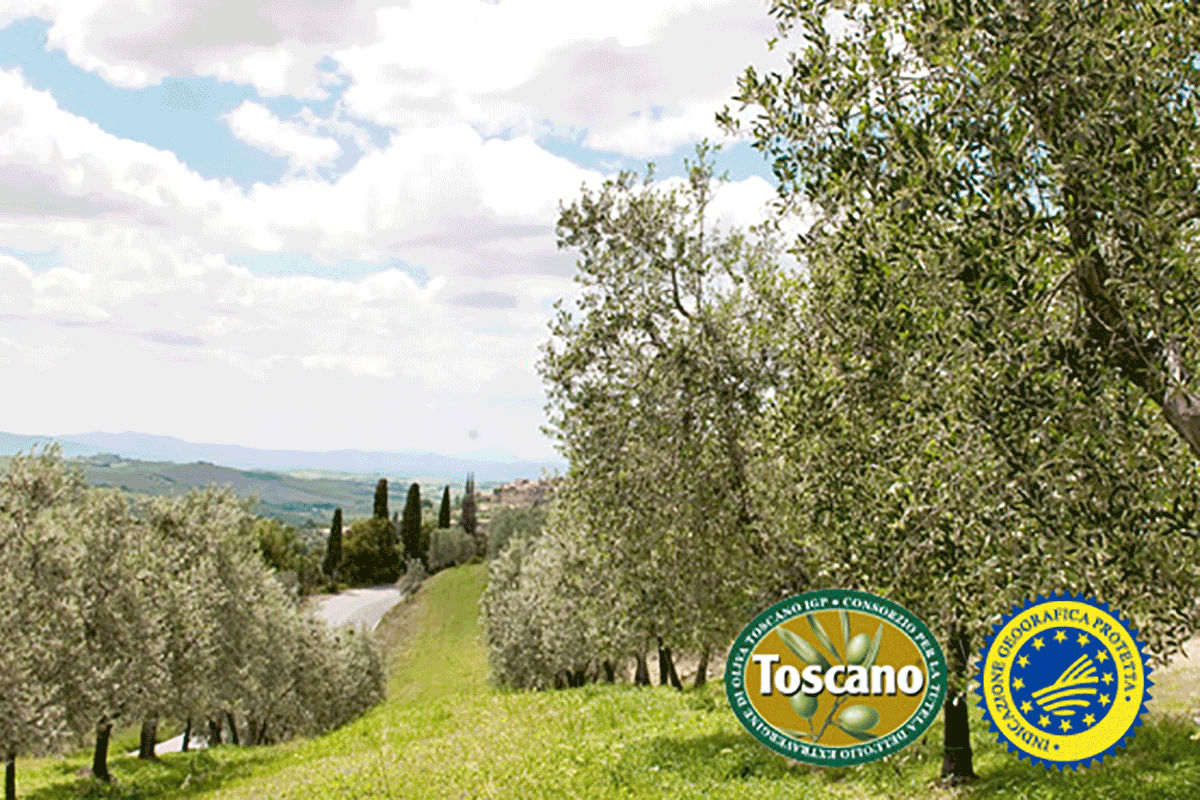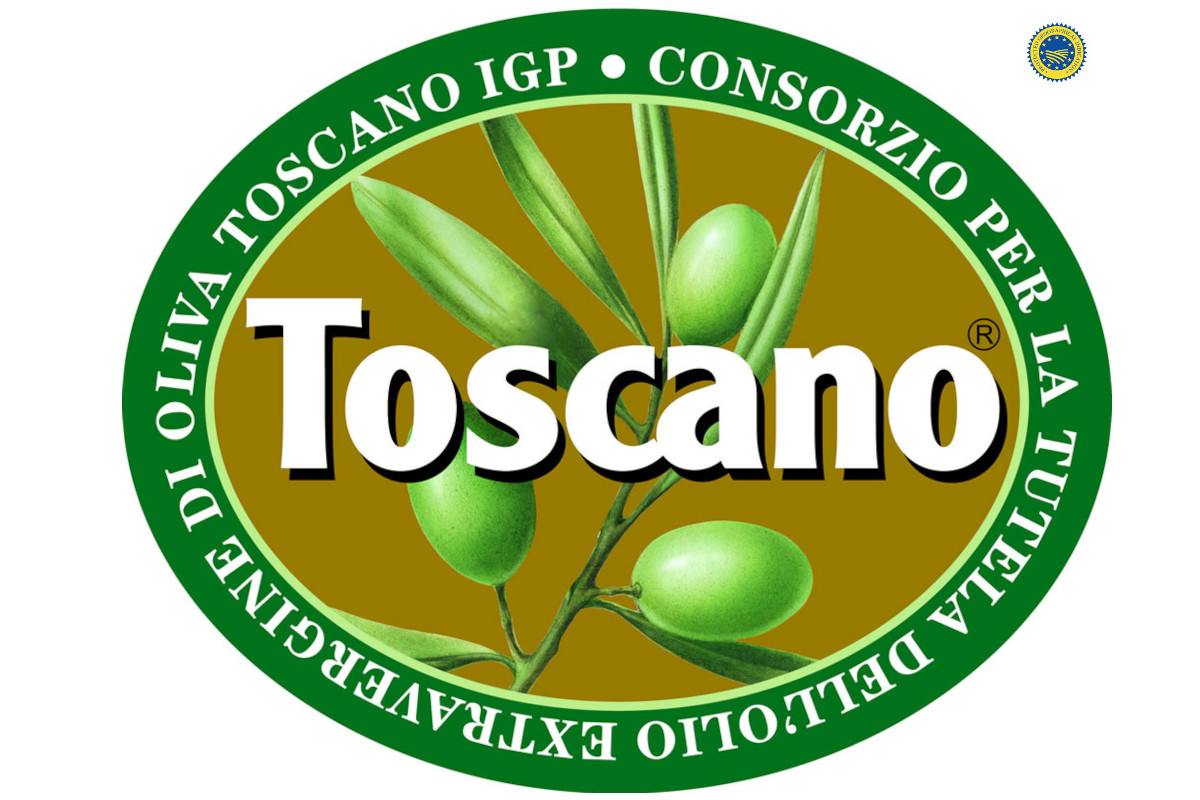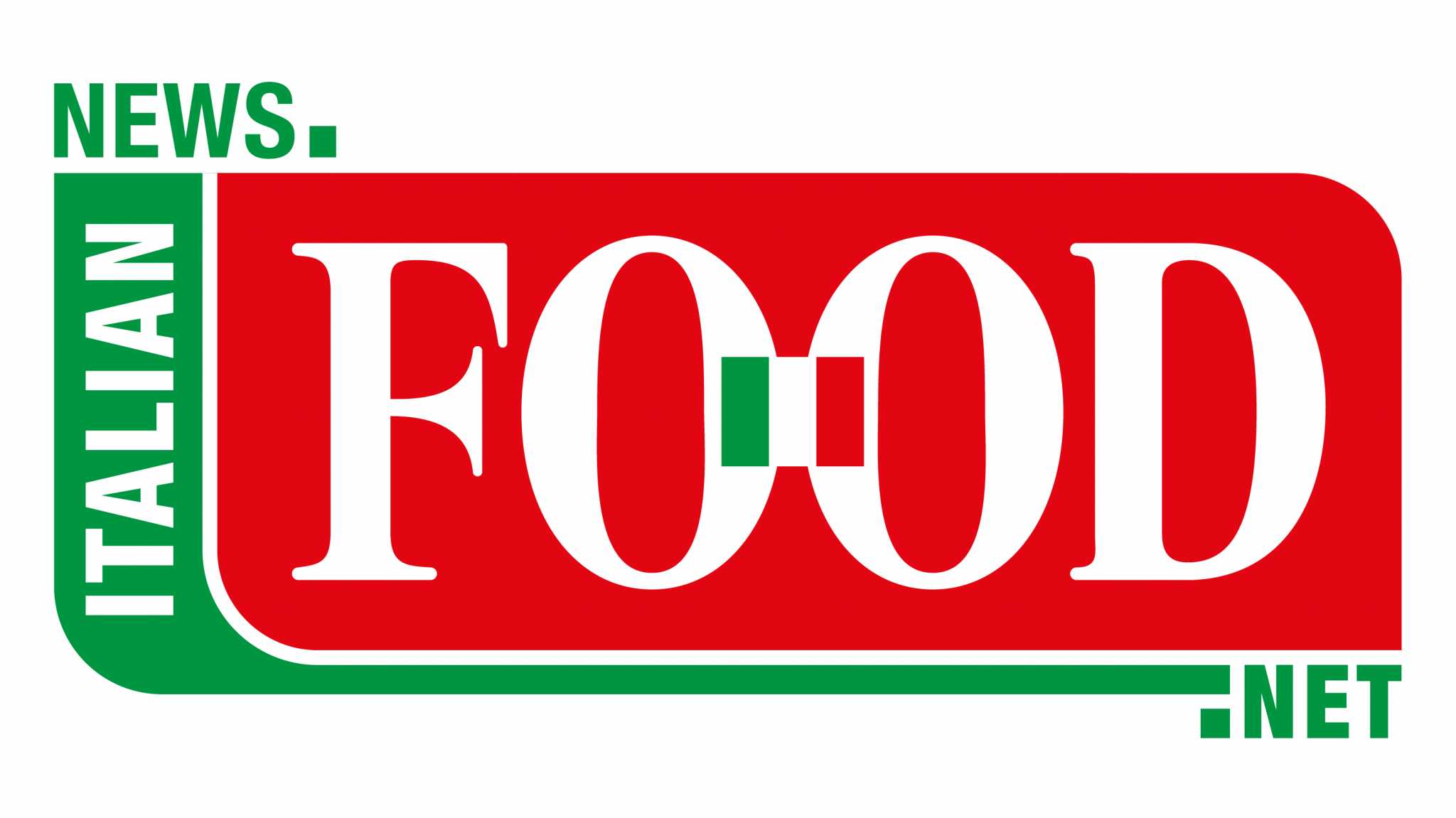
Exports of Olio Toscano PGI have surged 48.7% over the past year, nearing €40mn in value and cementing its position as the world’s best-selling Italian Geographical Indication (GI) olive oil. However, the prospect of U.S. import tariffs on European agricultural goods—floated by Donald Trump—has cast uncertainty over the sector, threatening the fortunes of Tuscan producers who have built a significant share of their business in the American market.
The U.S. accounts for 40% of total revenue for Tuscan extra virgin olive oil, and analysts warn that higher duties on agricultural imports could dent sales by 10-15%. Beyond the immediate financial hit, tariffs could also fuel demand for lower-quality oils and intensify price competition, a scenario closely watched by the Consortium for the Protection of Olio Toscano PGI.
“Tariffs would not only hurt olive oil producers but also American consumers,” says Fabrizio Filippi, president of the Consortium. “The strong demand for Olio Toscano PGI, produced exclusively from olives harvested and pressed in Tuscany, reflects a shift among U.S. consumers towards the Mediterranean diet. Extra virgin olive oil is playing a key role in changing dietary habits. Trade barriers do not just harm exporting economies—they deprive consumers of products that support healthier lifestyles.”

STRONG GROWTH OF OLIO TOSCANO PGI DESPITE CHALLENGES
Despite lower yields, the past year has been a strong one for Olio Toscano PGI. The latest Qualivita-Ismea report highlights its dominance in the GI olive oil sector by value, production, and consumption.
“Demand continues to outstrip supply, despite geopolitical and climate-related disruptions,” Filippi says. “Over the past nine months, exports to the U.S. have jumped 65%, suggesting buyers are stockpiling ahead of potential tariff increases.”
